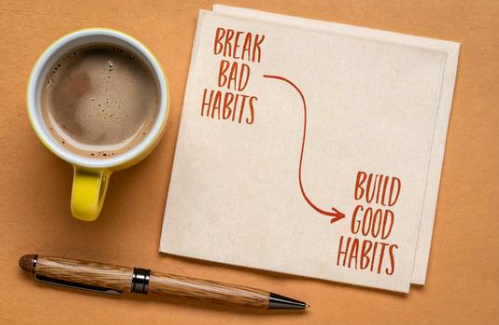Everyone experiences moments of being wronged—by others or by ourselves. Maybe a friend shared something you told them in confidence, a colleague took credit for your idea, or a loved one broke your trust. Or perhaps you’re holding on to guilt or regret over something you did—or didn’t do—for yourself. No matter the situation, at some point, we’re all faced with a choice: to hold on to resentment or to practice forgiveness.
Forgiveness doesn’t mean forgetting what happened or excusing hurtful behavior. It’s about freeing yourself from the emotional weight that keeps you stuck in pain, stress, or anger. And while forgiving can be one of the hardest things to do, it’s also one of the most healing.
Why Forgiveness Matters
You’ve likely felt it before—your heart racing, shoulders tightening, or stomach turning when you’re upset or angry. These aren’t just emotions; they’re physical responses. Holding onto resentment can impact your body in powerful ways. Research shows that forgiveness can lower stress and anxiety, improve heart health and blood pressure, strengthen your immune system, reduce symptoms of depression, and support better sleep and more energy. When we let go of grudges, we often feel lighter—more open, calm, and motivated to care for our health. You may find it easier to move your body, prepare nourishing meals, or simply enjoy your day with more presence and peace. One study even found that people who forgave perceived hills as less steep and could physically jump higher—a reminder that our emotional load directly affects how we move through the world.
Practicing Forgiveness: A Step-by-Step Guide
Forgiveness is a process, not a single moment. It takes time, self-awareness, and willingness. Here are five steps that can help you move toward it:
1. Acknowledge your feelings. Notice what emotions come up when you think about the situation—anger, sadness, disappointment, or hurt. Avoiding or minimizing these feelings keeps them trapped. Awareness is the first step toward release.
2. Express what you feel. Share your story with someone you trust, or write it down in a journal. Try writing a letter to the person who hurt you—not to send, but to help you release what’s been sitting heavy on your heart.
3. Accept what happened. Acceptance doesn’t mean approval—it means recognizing that the past can’t be changed. It’s about finding peace with what is, so it no longer controls your thoughts or emotions. This step often brings a sense of calm clarity.
4. Let go of control. When we hold grudges, it can feel like we’re maintaining power. But in truth, it often holds us captive. Letting go of the need to control the outcome or the person allows you to take back your energy and focus on your own healing.
5. Practice empathy and compassion. Try to see the humanity in the other person—and in yourself. Everyone makes mistakes, acts out of fear, or carries unseen pain. Compassion doesn’t erase the wrongdoing, but it can soften the emotional charge and create space for healing.
Forgiving Yourself
Sometimes the hardest person to forgive is the one in the mirror. If you’ve fallen out of healthy habits or made choices you regret, remember: growth doesn’t come from perfection—it comes from grace. Each day is an opportunity to start again. Treat yourself with the same kindness and understanding you’d offer to someone you love.
Final Thoughts
Forgiveness isn’t about letting someone “off the hook”—it’s about freeing yourself to live with less stress and more peace. With practice, forgiveness can become one of your most powerful forms of self-care.









.jpg)



